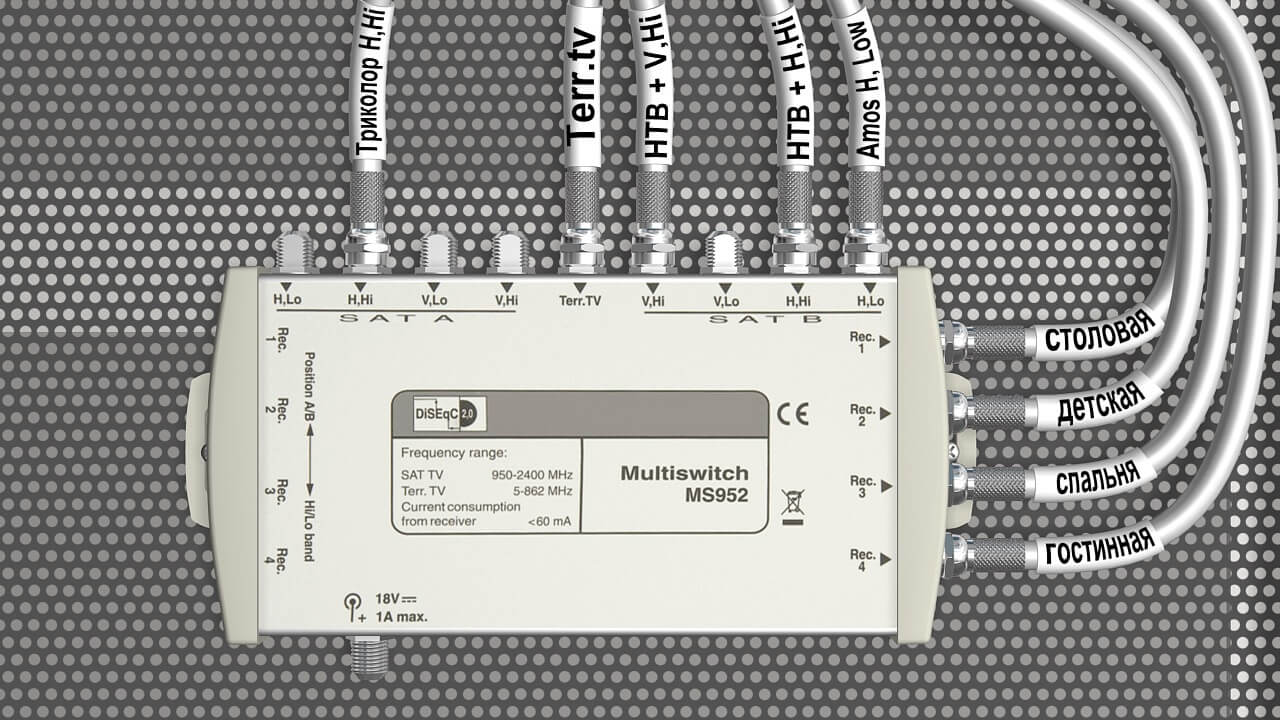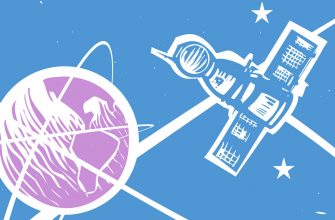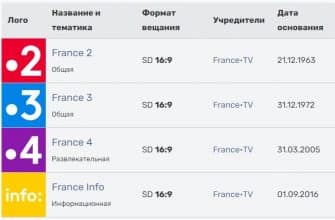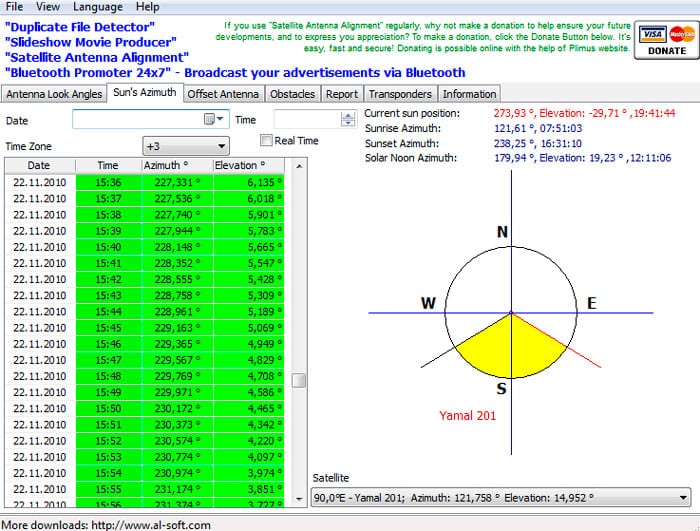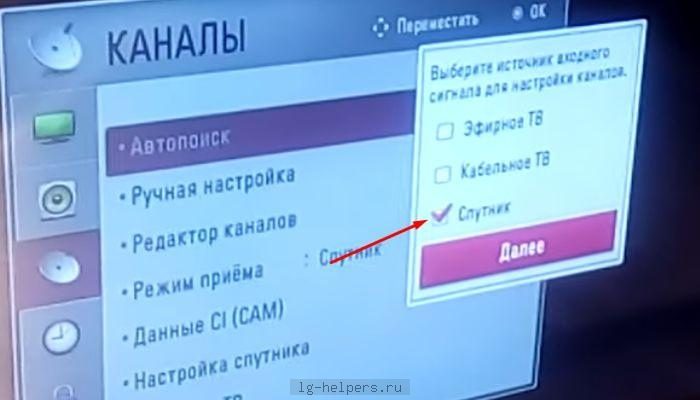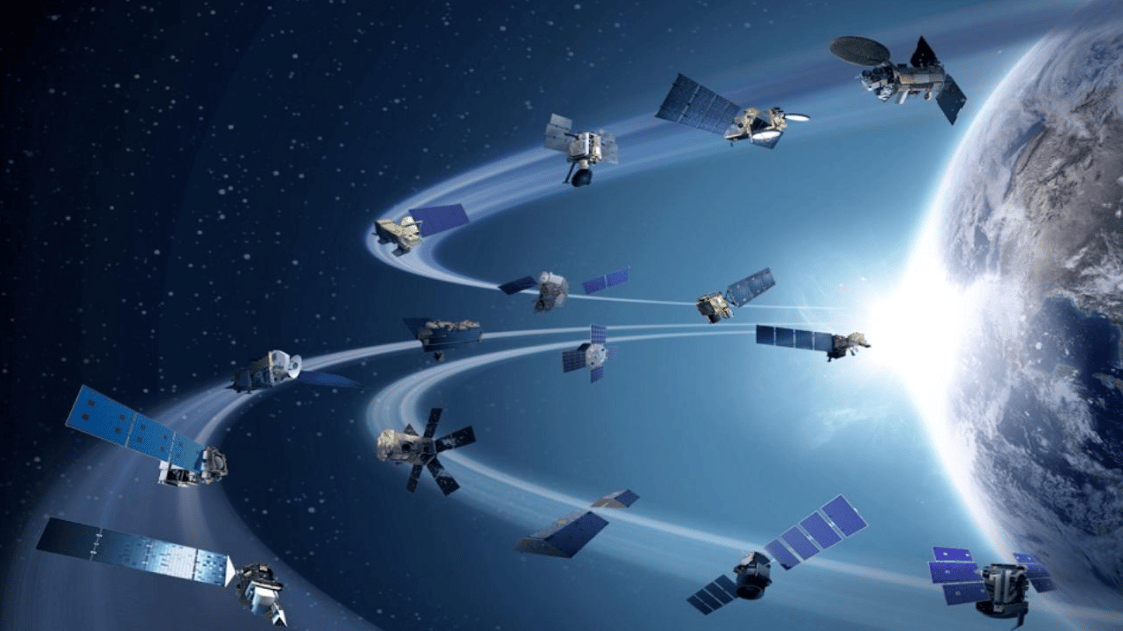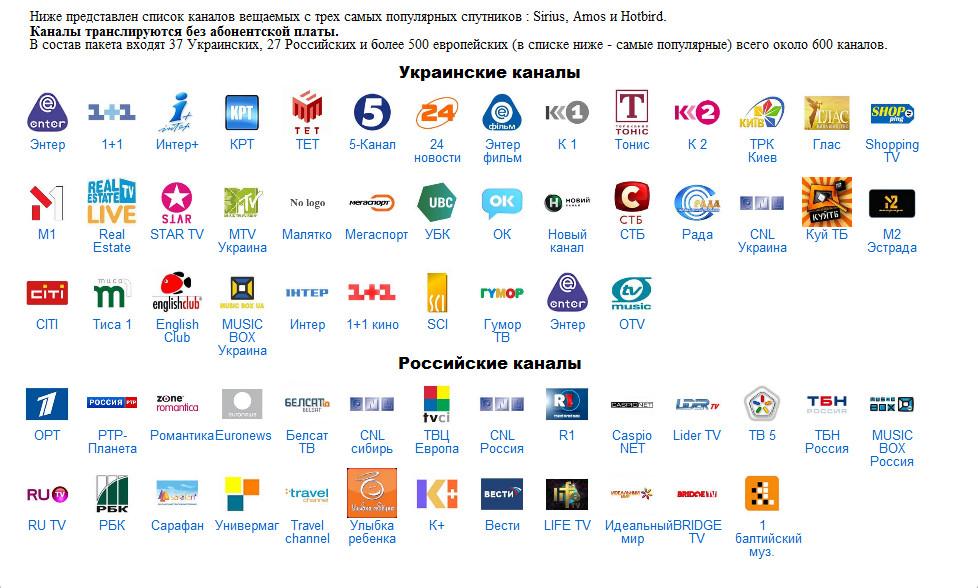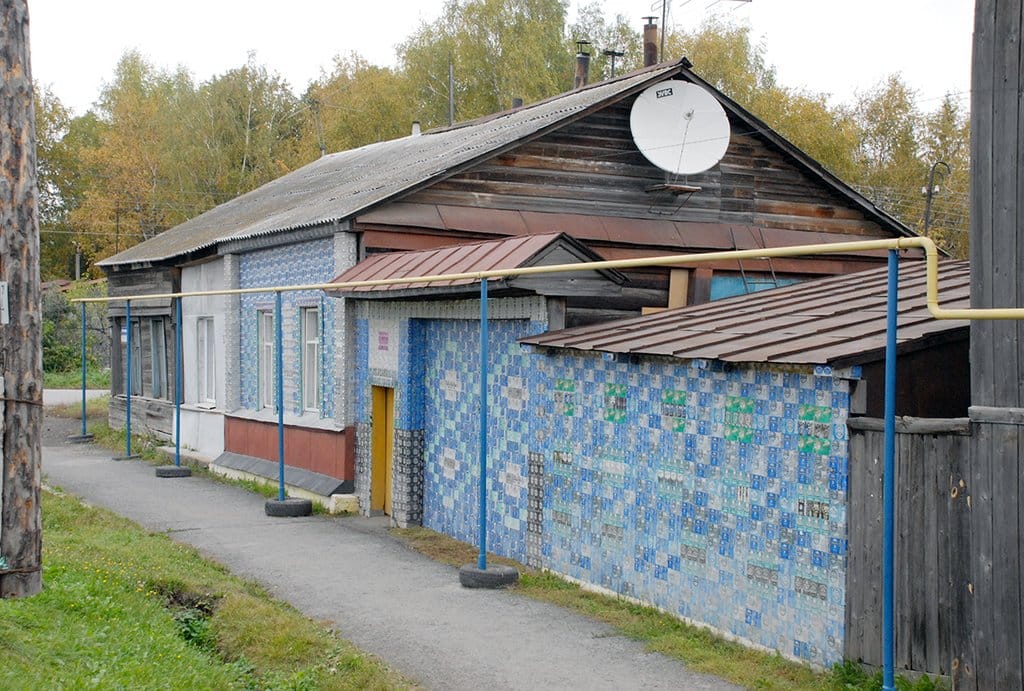The era
of satellite television is gradually fading away, opening up new opportunities for Internet television. However, not every point on the planet has the Internet now in the public domain. To provide a large house with a satellite and terrestrial signal, a multiswitch is used. Let us analyze in more detail its device, why it is needed and how it is connected.
What is and why you need a multiswitch for satellite dishes
The multiswitch plays the role of a kind of “equalizer” and “distributor” for the satellite and terrestrial signal. In fact, this is a small device that greatly simplifies the life of TV lovers.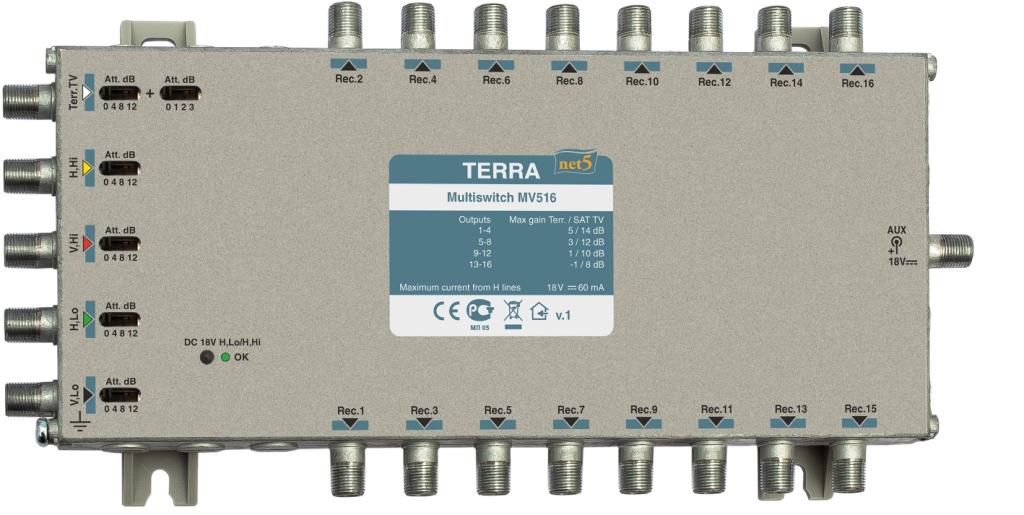
Why do you need
To understand why you need a multiswitch, you need to solve one riddle: how you can uninterruptedly provide your subscribers with satellite-type television. At the time of the peak popularity of satellite television Multiswitch acts as a universal switch. It provides interaction of receivers with different outputs to the converter, or with different converters. The main task is to create all the necessary conditions for the receiver to work. If it falls on a stream of 13 volts, then the multiswitch will simply transfer it to a port special for this power, for another stream – another port. Useful qualities of the device:
, this serious question arose for operators . The first and easiest option is obvious: one client = one
antenna/satellite. The formula is simple. However, along with a simple option, a simple problem arises: if there are 48 apartments in the house, and each apartment wants to install satellite TV, then there will be 48 antennas on the roof of the house that transmit data. This means that the roof will be completely covered by the transmitters. In some places it is inconvenient, and in some it is completely prohibited. The main inconvenience is a bunch of cables that are exposed to the external environment and can simply be stolen from the roof. The second option is to install a
satellite converterwith the number of outputs equal to the number of subscribers. However, here one should take into account not only all subscribers in the house, but also potential subscribers. Also on the market now it is difficult to find a converter that has more than 4 outputs.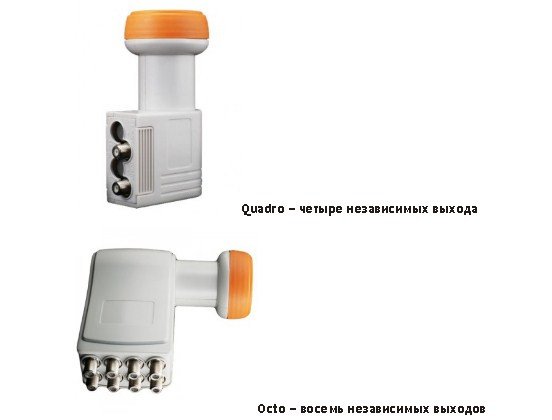
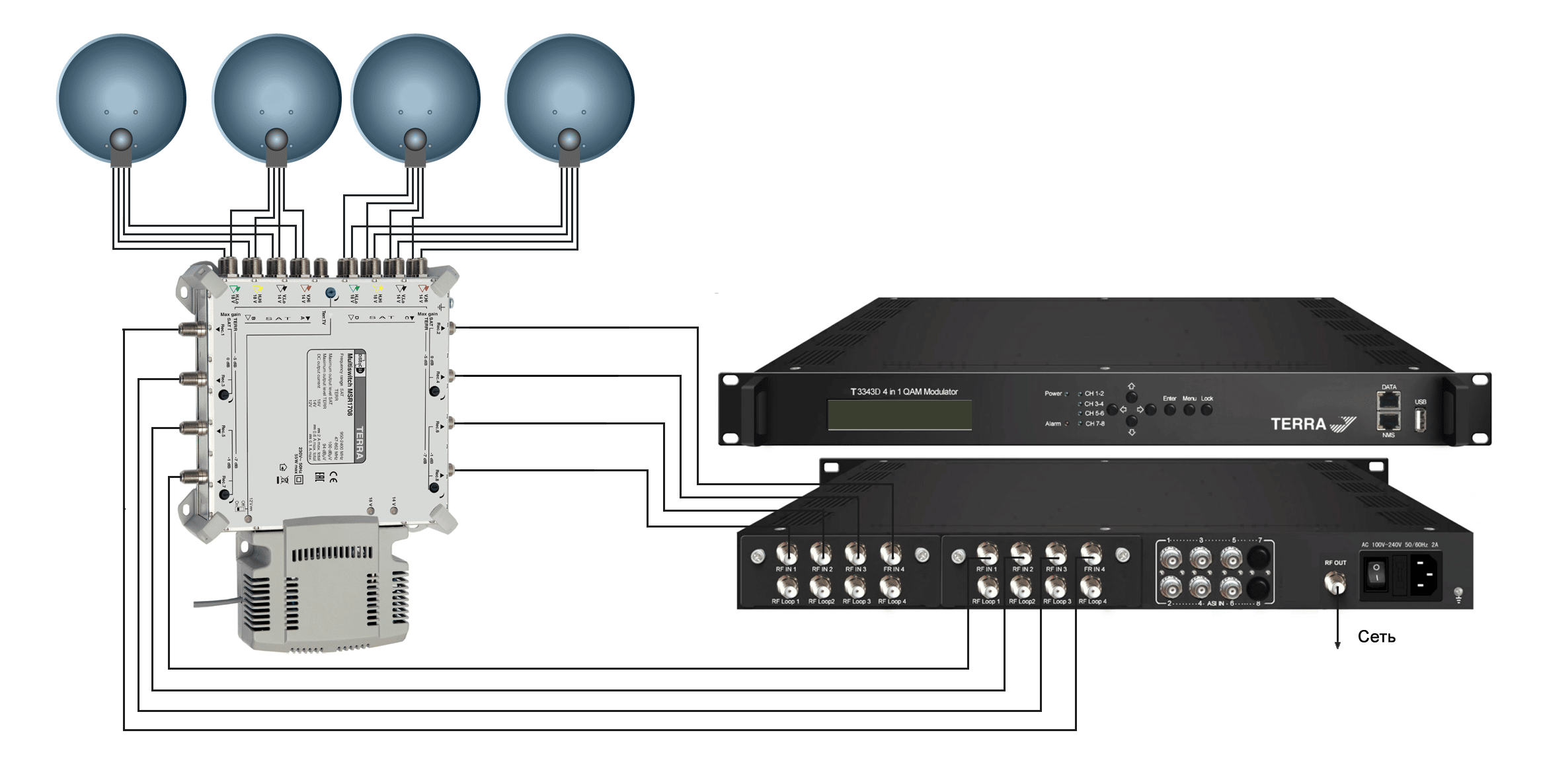 Multiswitch connection diagram [/ caption]
Multiswitch connection diagram [/ caption]Multiswitch device
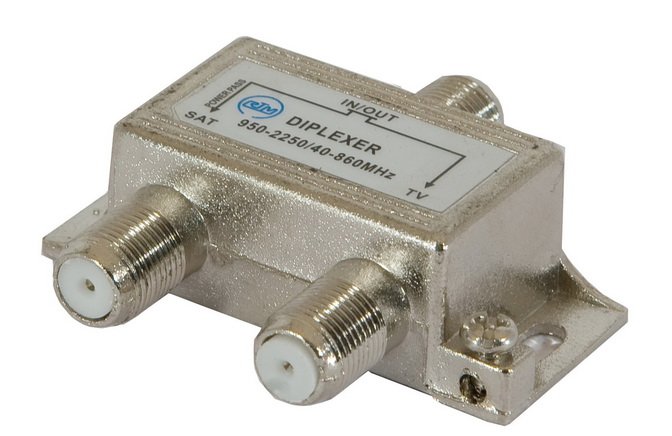 A diplexer and a multiswitch in combination allow you to simultaneously receive satellite and cable TV signals
A diplexer and a multiswitch in combination allow you to simultaneously receive satellite and cable TV signals
How to choose which types of device exist
When choosing, you should start from two factors: the number of points for connection and how far they are located from the antenna. According to the main characteristics, the multiswitch is divided into:
- Power supply: from 220 V and from 18 V.
- Available number of input and output ports.
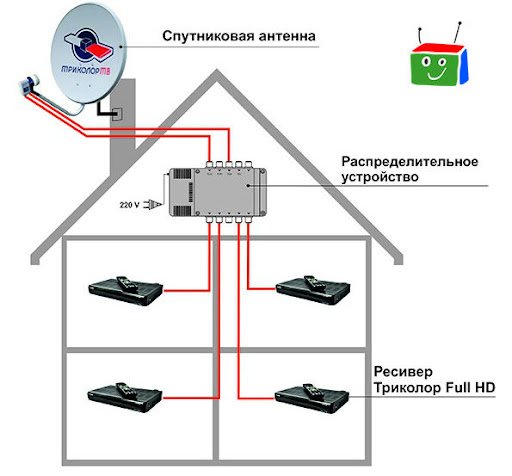
Cascadable or terminal
The distance to the antenna directly affects the required type of multiswitch: cascaded or terminal.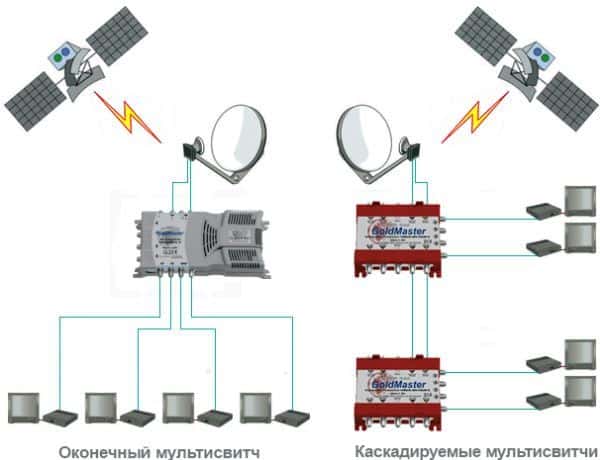
Cascaded is widely used in apartment buildings, corporate offices and residential buildings with a large number of people. This type of device does not need power and is added by a chain at the signal distribution point (often every floor in a building). It is important that the devices are connected to each other. If it is necessary to connect a signal amplifier, a power injector is connected, which requires an AC outlet with a power of 220 volts.
Terminalmultiswitch type is recommended to be installed in private houses or in small rooms. This is due to the close distance to the antenna. The device is included in the switchboard, because it is in it that the cables from the antenna enter and from which the cables go to the receiver. The terminal multiswitch requires electricity. That is, within a radius of a meter there should be a socket with an AC supply of 220 volts.
Active and passive multiswitches
There are also categories such as active and passive multiswitch models. The active model includes an integrated signal amplifier. This feature is necessary if you also want to connect an on-air antenna. To simplify the choice, some brands label their products as follows:
- P – passive.
- A – active.
- U – universal type.
For the passive category, this possibility is not provided. To do this, an additional external type amplifier is connected, which will have to be purchased separately. Passive and active multiswitches differ from each other in the parameters of the input signal: the passive one will give a lower indicator.
What is a multiswitch, purpose and application of the device:
https://youtu.be/cggC3FLtdaE
Connection and setup
The multiswitch is equipped with connectors for input (needed for Inlet marking types: Other connections duplicate the specified scheme. [caption id="attachment_3881" align="aligncenter" width="500"]
converters ), and output (for receivers). The number of output connectors is equal to the number of connected receivers. The number of receivers corresponds to the number of connected clients. Understanding the essence of the work of the output connectors is a little more difficult. A Ku-band signal is fed into it, which is divided into polarization types along with two sub-bands. This means that in order to receive the full spectrum of the stream from one transmitting device (in our case, a satellite), you will have to use 4 switch inputs, connecting to four converter outputs (in some cases, different converters).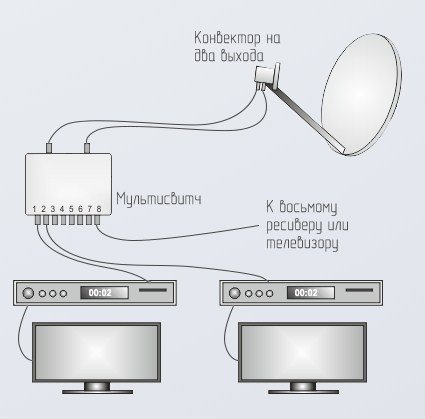
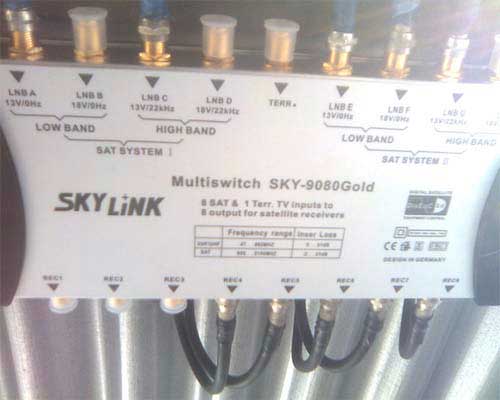 Scheme for connecting a multiswitch for a satellite dish
Scheme for connecting a multiswitch for a satellite dish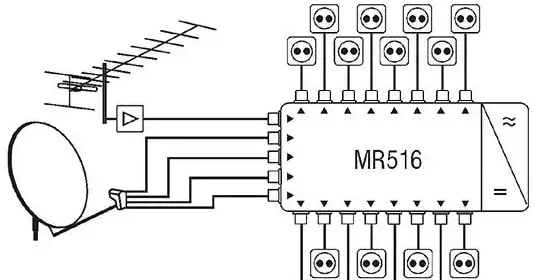 The figure shows the MR516 model. Based on the name in the formula, the scheme will be 5 * 16. There will be 5 inputs (1 for terrestrial TV), and 4 for satellite transmission. 4 connections because each polarization has two ranges.
The figure shows the MR516 model. Based on the name in the formula, the scheme will be 5 * 16. There will be 5 inputs (1 for terrestrial TV), and 4 for satellite transmission. 4 connections because each polarization has two ranges.
Advice! It is recommended to use the frequency 11700 MHz as the boundary of the determinant of the lower and upper ranges. It is this indicator that is a kind of divisor.
After the on-air antenna, a TV range amplifier is installed. Often, TV support in multiswitches is passive, without any amplification. This is due to differences in the reception of the over-the-air signal, the misuse of which will lead to confusion. The figure below shows a graph of connecting the device to two converters from different antennas and to one terrestrial one: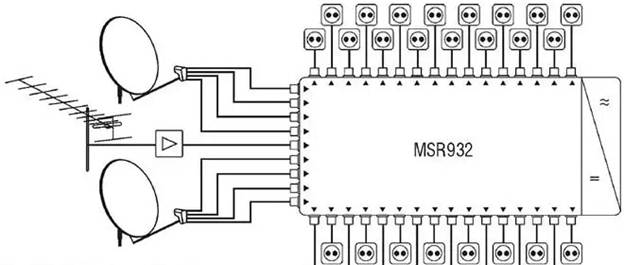 The figure above shows how a quad converter comes out of each dish. In the end, it turned out 8 inputs for the satellite, 32 outputs and a standard 1 for the terrestrial signal with amplification at the TV input. The cascade multiswitch is connected as follows:
The figure above shows how a quad converter comes out of each dish. In the end, it turned out 8 inputs for the satellite, 32 outputs and a standard 1 for the terrestrial signal with amplification at the TV input. The cascade multiswitch is connected as follows: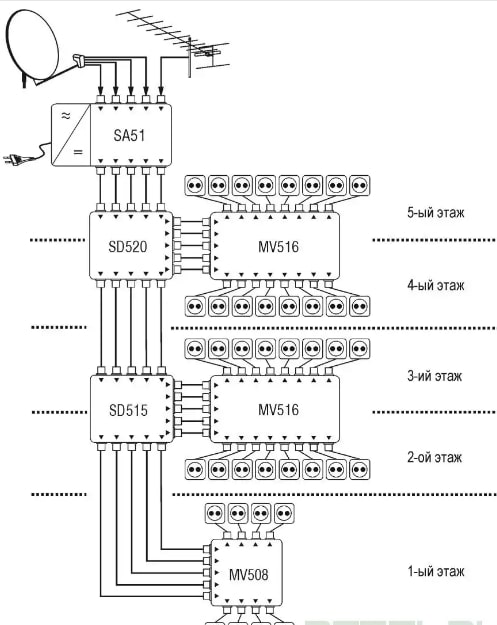 Model MV516 features a die-cast metal housing that protects the structure from external electromagnetic interference. There are both passive and active paths for terrestrial TV. How to connect 10 TVs to one antenna using a multiswitch: https://youtu.be/BjFxA5Fv_IM
Model MV516 features a die-cast metal housing that protects the structure from external electromagnetic interference. There are both passive and active paths for terrestrial TV. How to connect 10 TVs to one antenna using a multiswitch: https://youtu.be/BjFxA5Fv_IM
Frequently Asked Questions and Solutions
The first frequently asked question is: “What type of signal can a multiswitch transmit?”. Answer: in addition to the obvious satellite conversion, the multiswitch also feeds on-air amplifiers through the TV input.
The second question is: “Why can’t I just use the receiver?”. Answer: you can, but this option is not suitable for rooms in which it is not permissible to install no more than 3 receivers. Do not forget that the signal is divided, thereby creating the effect of tied hands.
The third question is: “How can I reduce the incoming load on the receiver myself?”. Answer: To do this, it is recommended to purchase a multiswitch, in which a separate power supply is already inserted.
The fourth question: “Can I use a multiswitch, DiSEqC and a diplexer for one satellite system?”.Answer: “Modern technologies make it possible to do this without any problems.”
Fifth question: “Which converter should I take for a European satellite?”. Answer: “Universal”.
Sixth question: “I want to connect 2 receivers to one dish. What is the best receiver to buy? Answer: no, you need a converter.
Seventh question: “What is a switch?”. Answer: DiSEqC. The main principle of the device and the concept of multiswitch operation is very simple: fewer antennas to have more users. And indeed it is. One small fixture can replace a bunch of iron plates, and balance the tension of several living spaces. Used to separate the signal.
